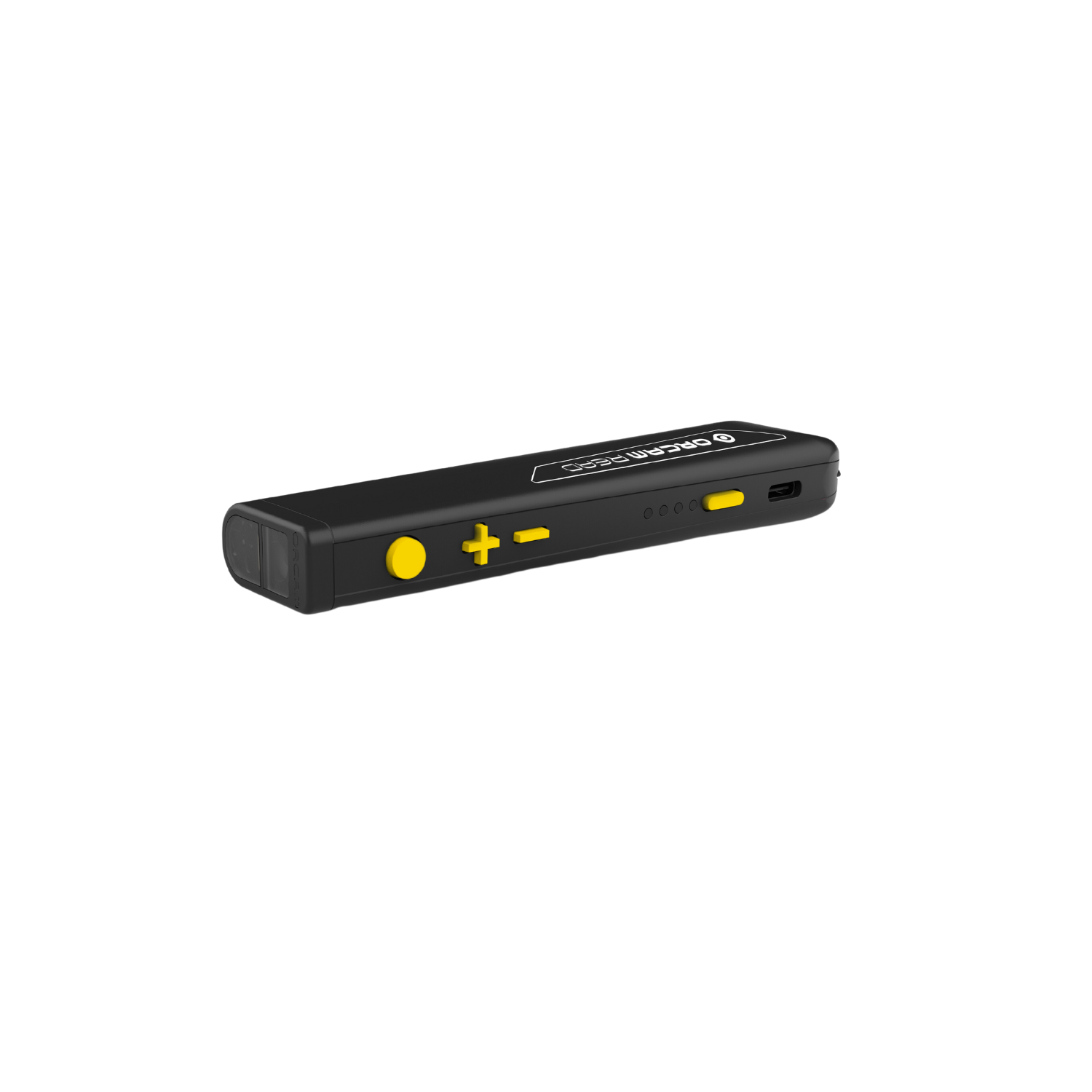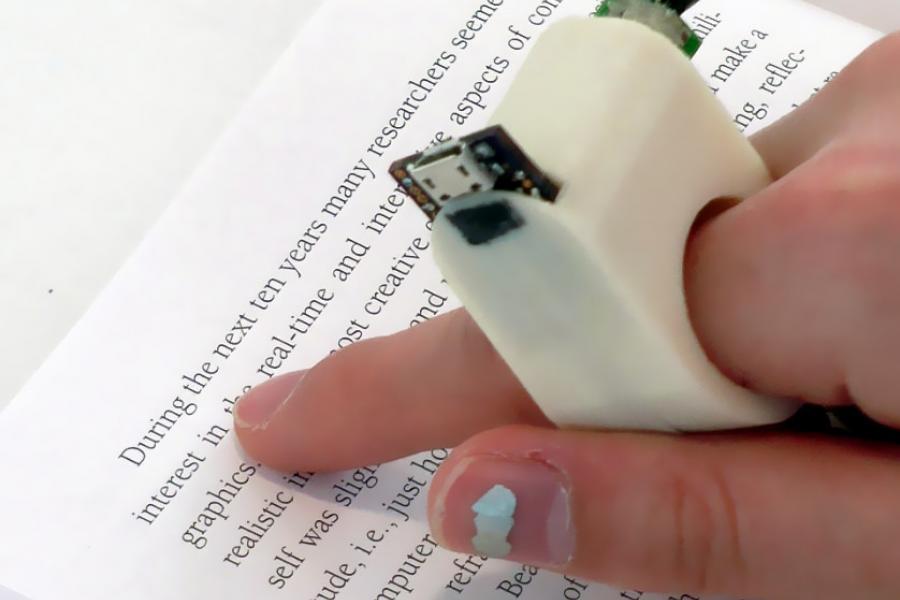Speech-to-Text Devices for Low Vision: Bridging the Communication Gap
Speech-to-Text Devices for Low Vision: Bridging the Communication Gap
Blog Article
Empowering Independence With Assistive Modern Technology for the Blind
The integration of assistive technology into the lives of people with aesthetic impairments stands for a substantial advancement in advertising independence and self-sufficiency. From cutting-edge screen viewers to advanced clever walking sticks, these tools not only improve daily navigating and interaction yet likewise equip users to involve meaningfully in different aspects of life. As we discover the myriad advantages and real-world applications of these modern technologies, it ends up being crucial to examine the hidden elements that add to their performance and the capacity for future developments in this important area.
Introduction of Assistive Innovation

The growth of assistive innovation is grounded in principles of inclusivity and empowerment. Advancements in software, equipment, and sensory enhancements provide customers with choices tailored to their certain needs. From display visitors that transform text to speech, to tactile tools that communicate details with touch, these tools transform the means individuals engage with their environments.
Along with useful applications, assistive modern technology fosters better social addition and engagement in different markets, including education and learning and employment (Mobility aids for visually impaired users). As r & d continue to advance, the capacity for assistive modern technology to further improve the lives of aesthetically damaged people remains appealing, paving the method for an extra fair society where everyone can flourish
Sorts Of Assistive Gadgets
A range of assistive tools have actually emerged to support individuals with visual problems, each created to fulfill particular needs and improve day-to-day performance. These tools range from low-tech remedies to modern advancements, giving varied alternatives for users.
Low-tech devices include magnifiers and large-print materials that assist in analysis and writing. Braille devices, such as Braille stylus pens and slates, allow responsive reading and communication. Positioning and flexibility help, like white walking canes, aid customers browse their setting securely.
On the higher end of the spectrum, electronic magnifying systems and screen viewers supply significant assistance. Electronic magnifiers allow users to expand text and images on screens, while display viewers convert digital content into synthesized speech, assisting in accessibility to info on computers and smartphones.
Smart device applications likewise play an important function, offering features like message acknowledgment and navigating aid. Wearable modern technology, such as smart glasses equipped with enhanced reality, is becoming a promising tool to boost situational understanding.
Benefits of Assistive Technology
The assimilation of assistive technology dramatically boosts the quality of life for individuals with visual problems. These modern technologies equip customers by promoting freedom, enabling them to navigate their atmospheres a lot more efficiently and execute everyday jobs with better simplicity. As an example, display viewers and magnification software permit people to gain access to electronic information, cultivating professional and academic possibilities that may have formerly run out reach.
In addition, assistive devices such as wise walking sticks and general practitioners applications give real-time navigation assistance, improving wheelchair and safety. This increased freedom not only improves self-worth but likewise urges social interaction, allowing users to get involved more totally in their communities.
Assistive innovation also assists in interaction, aiding users get in touch with others through voice recognition and text-to-speech applications. This capability is important for preserving connections and accessing essential details.
In addition, the modification options available with many assistive technologies ensure that users can customize devices to their certain needs, further enhancing use and performance. On the whole, the advantages of assistive innovation for individuals with aesthetic impairments are extensive, advertising a much more inclusive culture where every person can pursue their desires and objectives.
Case Research Studies and Success Stories
Highlighting the transformative impact of assistive innovation, numerous situation researches show just how individuals with visual problems have actually successfully incorporated these devices into their day-to-days live. One engaging instance involves an university trainee that used display reading software application to navigate scholastic materials and on-line resources effectively. This technology not only promoted her education but likewise boosted her self-confidence in joining conversations and team tasks.
Another study features a specialist that employs a smartphone application developed for navigating and things acknowledgment. By utilizing this application, he has actually restored autonomy in both his personal and work atmospheres, allowing him to commute separately and engage with coworkers better.
Furthermore, a senior citizen shared her experience with braille e-readers, which allowed her to access a huge selection of literary works and remain linked with her area through book clubs.
These success stories emphasize the essential role of assistive technology in fostering freedom, improving top quality of life, and promoting social integration for people with visual problems (OCR devices for the blind). By embracing these ingenious devices, individuals can conquer challenges and confiscate chances that add to their expert and personal satisfaction

Future Patterns in Assistive Innovation
Technology in pop over here assistive technology is poised to redefine the landscape of support for individuals with visual disabilities. Emerging trends emphasize the integration of artificial knowledge (AI) and artificial intelligence, which boost the performance of gadgets that help with navigating and info availability. For example, AI-driven applications are currently with the ability of interpreting visual data in real-time, enabling individuals to engage with their environment a lot more independently.
Additionally, the growth of wearable technology is advancing rapidly. Smart glasses outfitted with increased truth (AR) can supply audio descriptions of environments, transforming just how individuals interact with public areas. These tools not just promote freedom yet likewise foster social addition.
Furthermore, the Web of Points (IoT) is making homes smarter, allowing for seamless connectivity between everyday appliances and assistive devices. This connection equips customers by allowing voice-activated controls and automated actions customized to individual requirements.
Final Thought
To conclude, assistive innovation plays a critical function in empowering individuals with visual disabilities by enhancing their independence and interaction with their environments. The varied series of gadgets and applications available not just promotes navigation and communication however also promotes social assimilation and opportunities for professional and individual development. As advancements continue retinologist near me in this field, the potential for boosting the top quality of life for those with aesthetic disabilities will expand, cultivating better freedom and empowerment.

Report this page